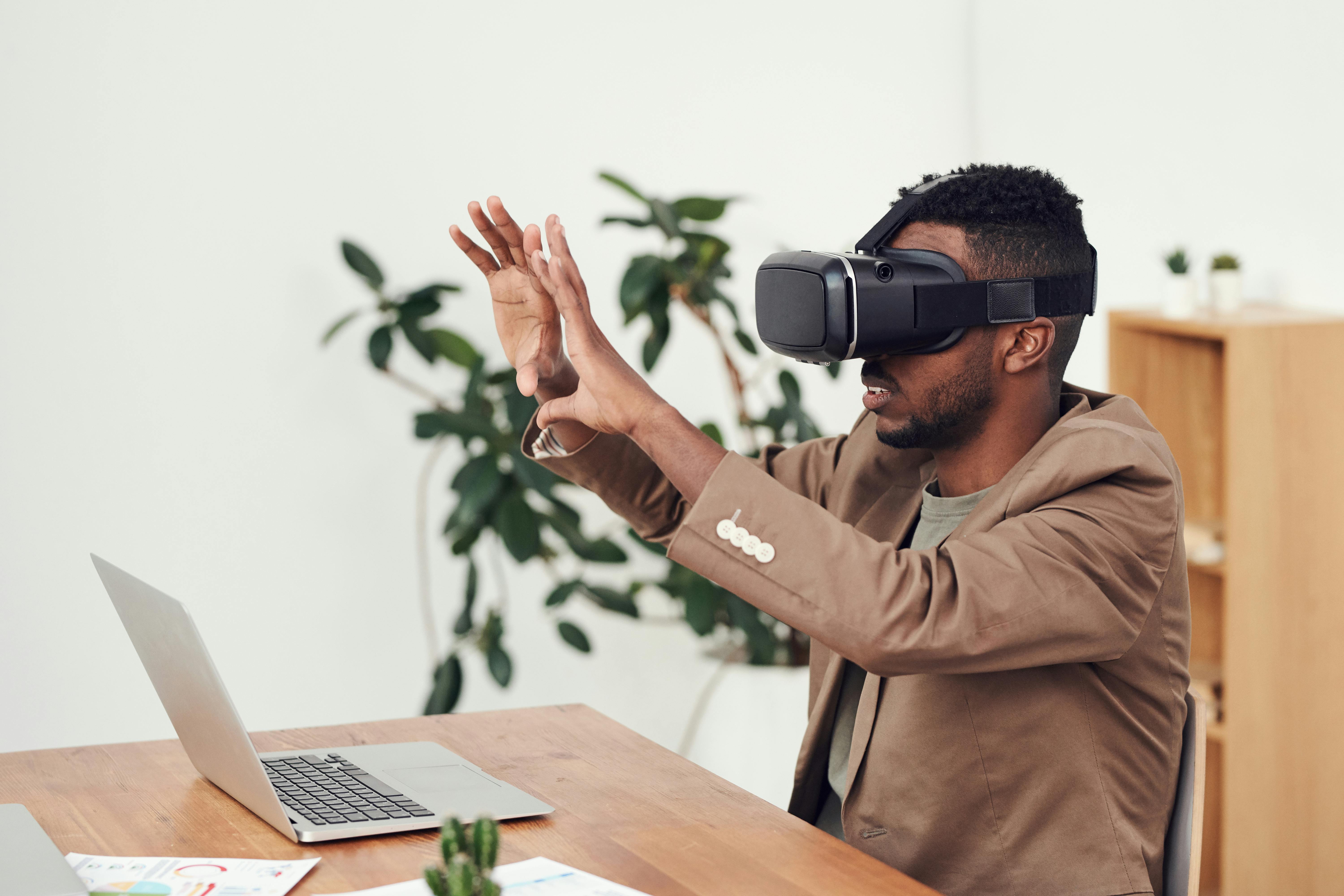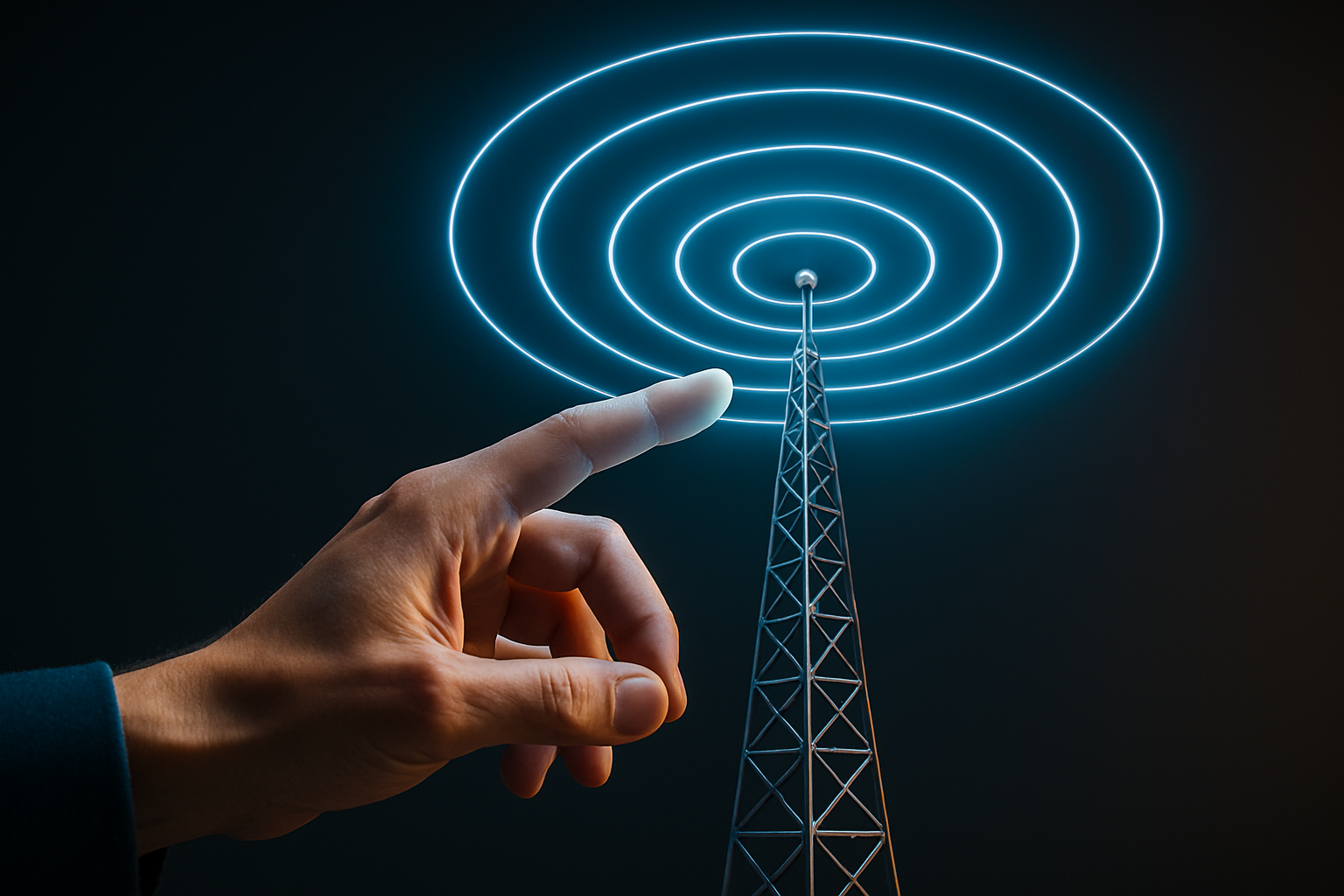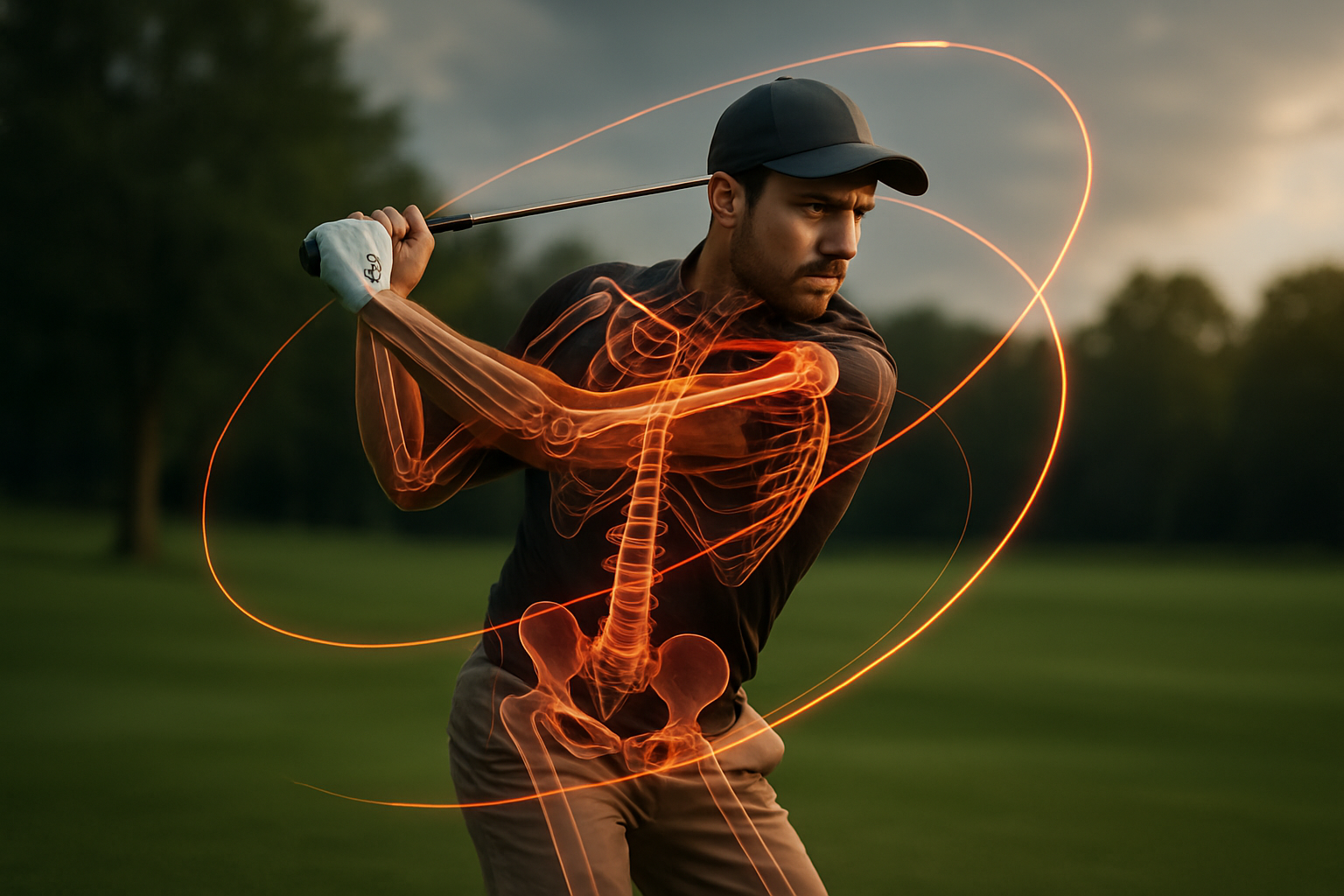"Reimagining Reality: The Surge of Virtual Reality in Performing Arts"
In a world where technology and artistry collide, a new form of expression has emerged. Virtual Reality (VR) is no longer just a tool for gamers; it's transforming the performing arts, offering audiences immersive experiences that were once unimaginable. This article delves into the rise of VR in performing arts, its impact, and the future it holds.

The Dawn of a New Era
The integration of VR into performing arts didn’t happen overnight. It’s a product of years of technological advancements and creative experimentation. The 1960s saw the first VR headset, but it wasn’t until the 21st century that VR technology became accessible to the masses. As technology improved, artists began to see its potential, leading to the first experimental VR performances in the early 2000s.
The Current State of VR in Performing Arts
Today, VR is making waves in the performing arts industry. From theatre productions to ballet performances, artists are using VR to create immersive experiences that transport audiences to new worlds. For instance, the Royal Shakespeare Company’s 2016 production of “The Tempest” used VR technology to create magical effects on stage, while the Dutch National Ballet’s “Night Fall” was the first ballet designed specifically for VR.
Impact and Reception
The reception of VR in performing arts has been overwhelmingly positive. Critics praise the technology for its ability to create immersive experiences and its potential to reach new audiences. However, there are also concerns about the accessibility of VR technology and the potential for it to replace traditional forms of performing arts.
The Future of VR in Performing Arts
The future of VR in performing arts looks promising. As technology continues to evolve, so too will the ways in which it is used in the arts. Artists are already experimenting with augmented reality (AR) and mixed reality (MR), offering even more immersive experiences. Furthermore, as VR technology becomes more affordable and accessible, it’s likely that more performing arts companies will begin to incorporate it into their productions.
Conclusion
The integration of VR into performing arts is a testament to the power of technology and creativity. It’s a thrilling development that is redefining the boundaries of artistic expression and audience experience. As we look to the future, it’s clear that VR will continue to play a pivotal role in the evolution of performing arts.





